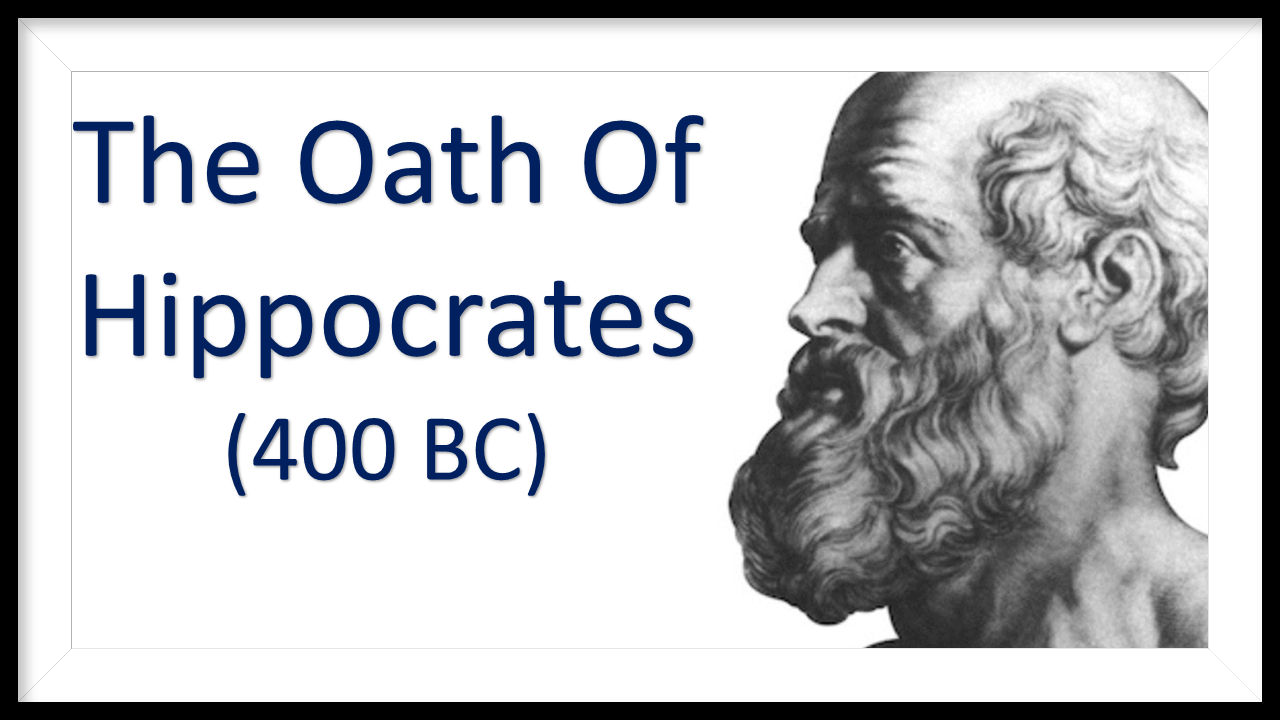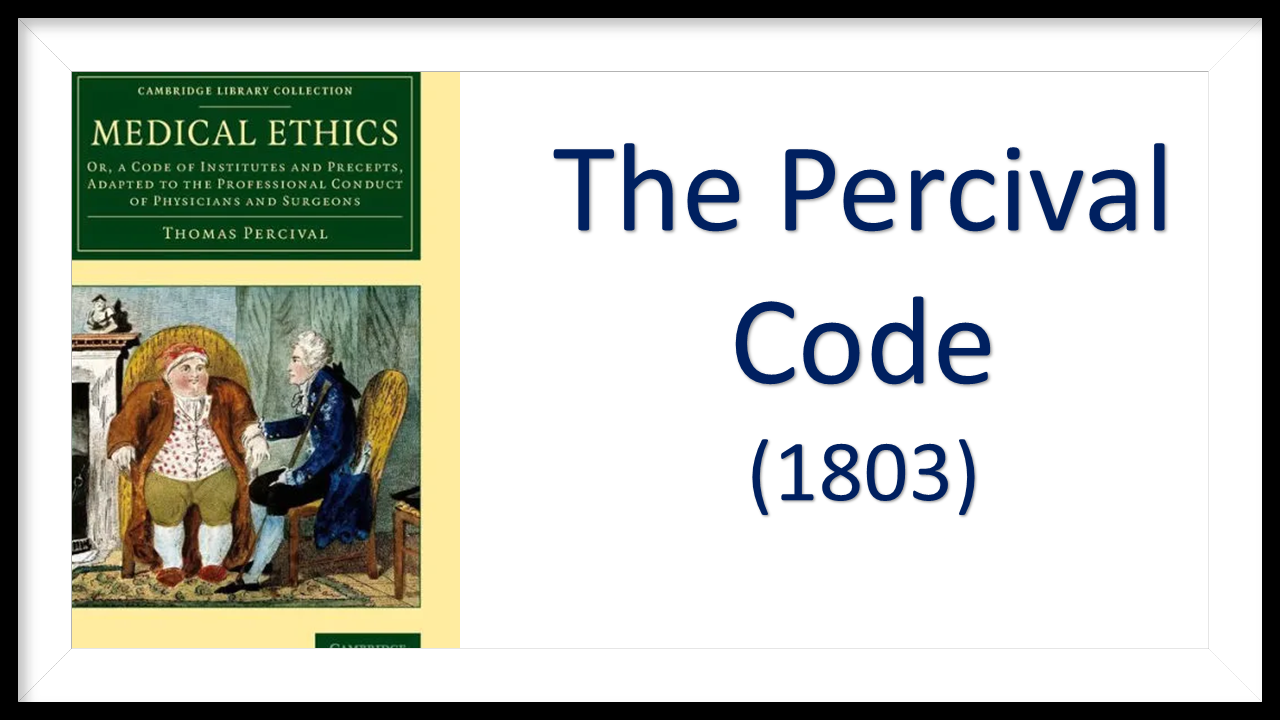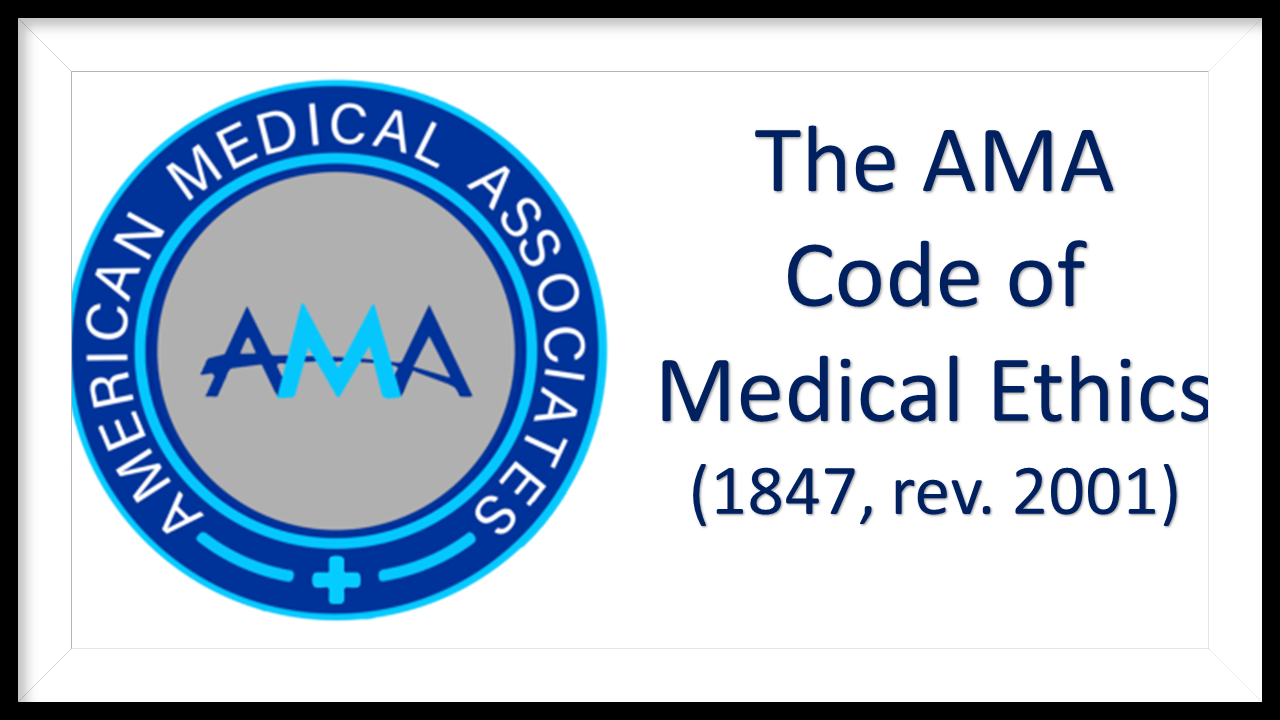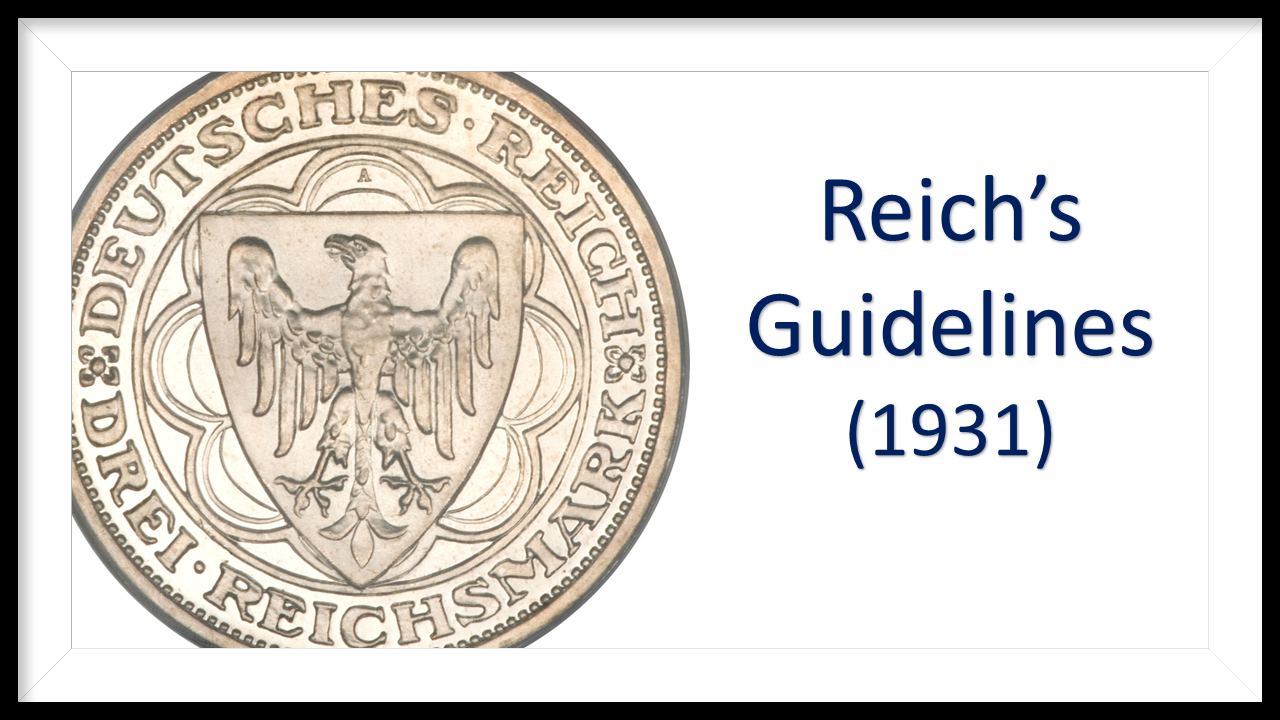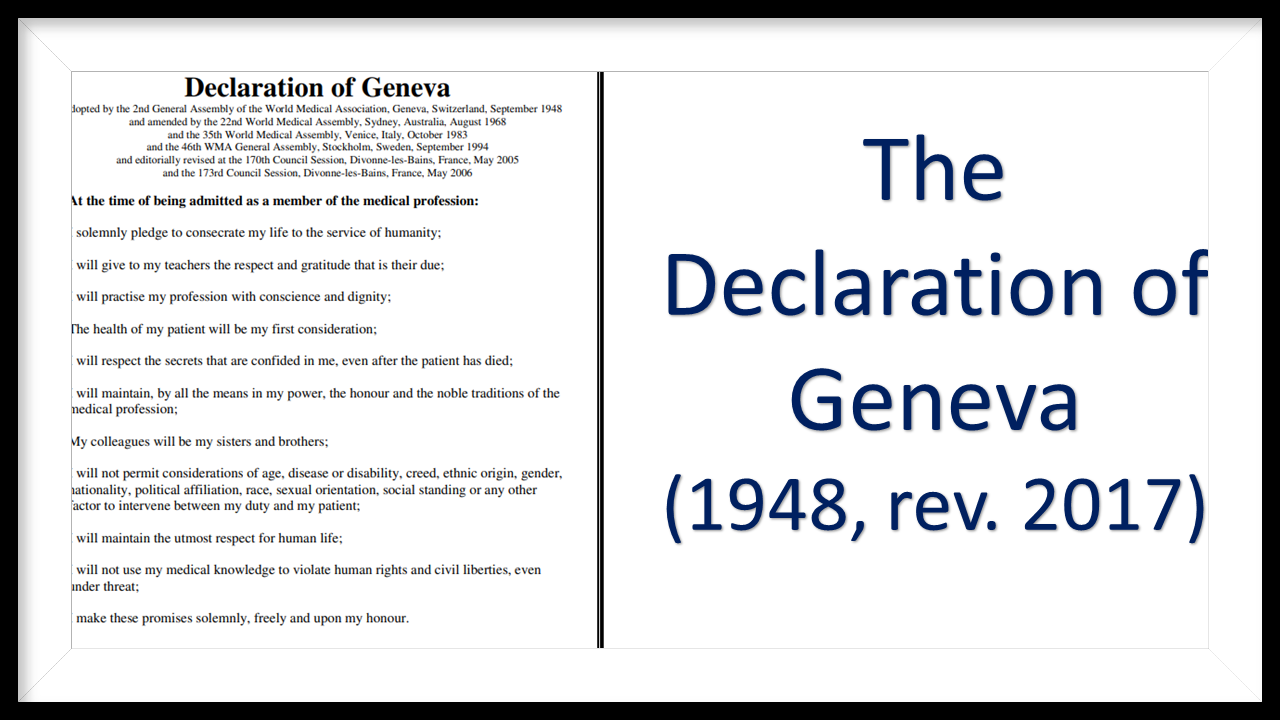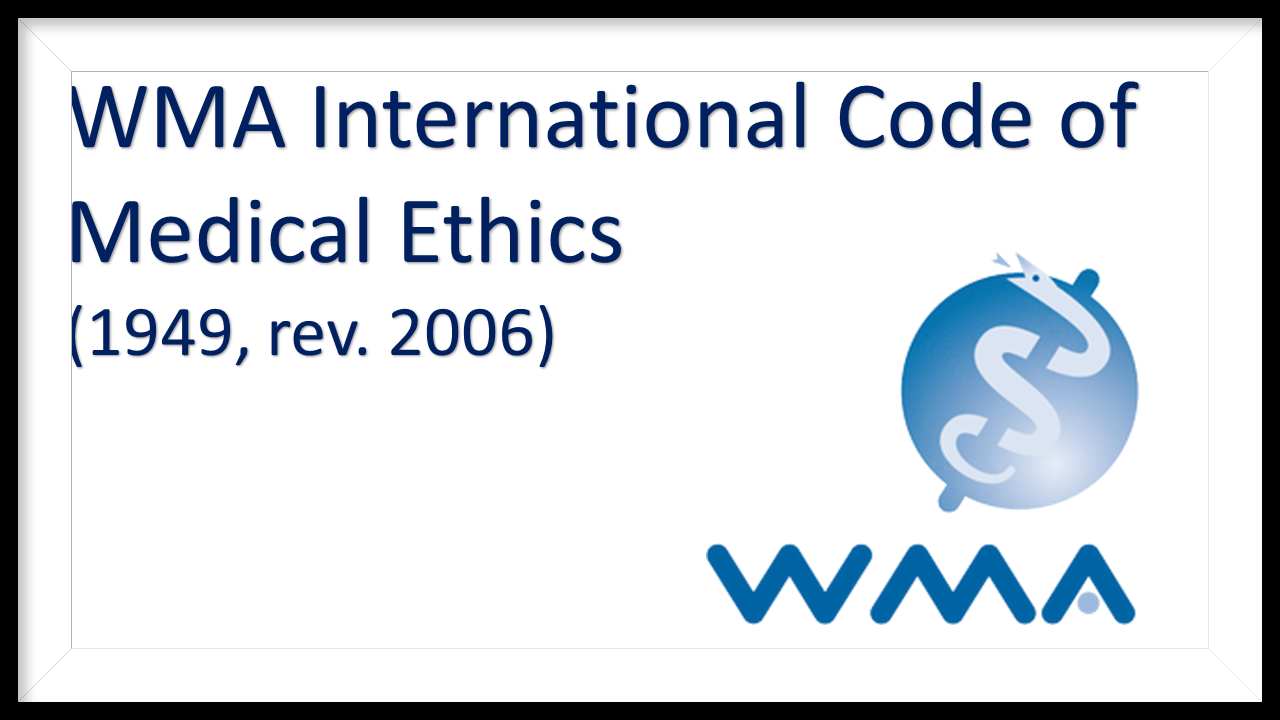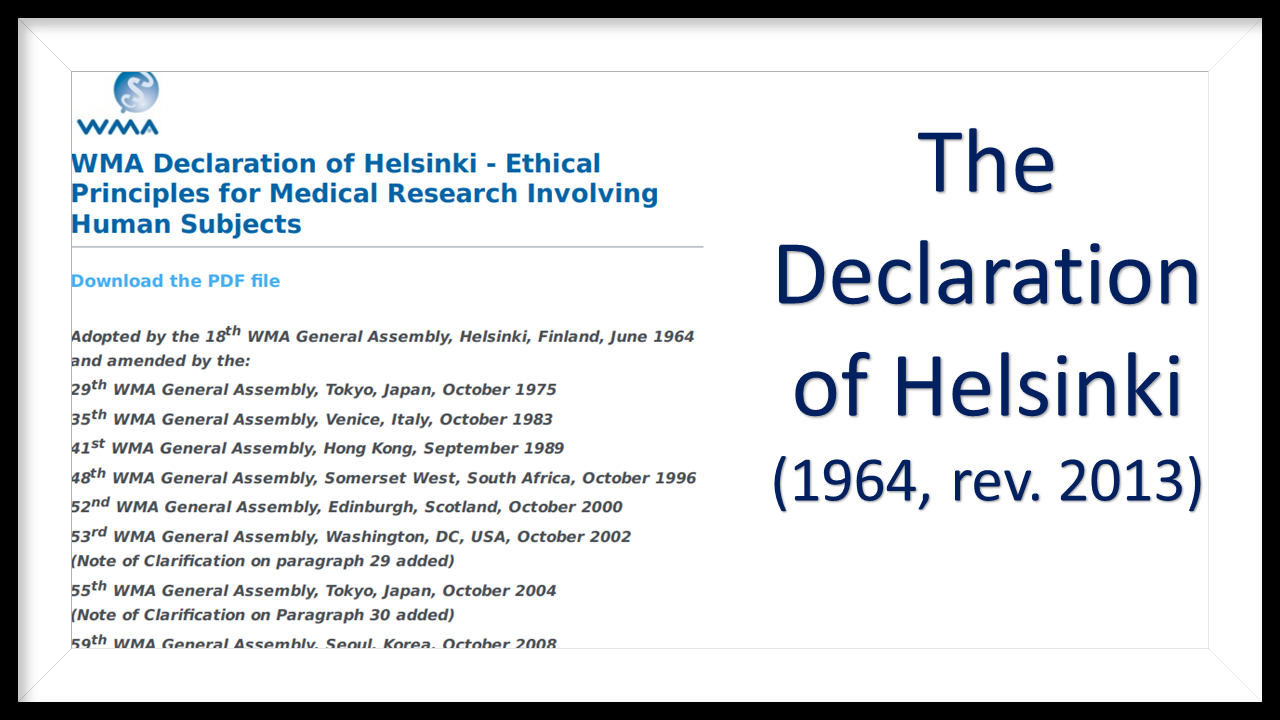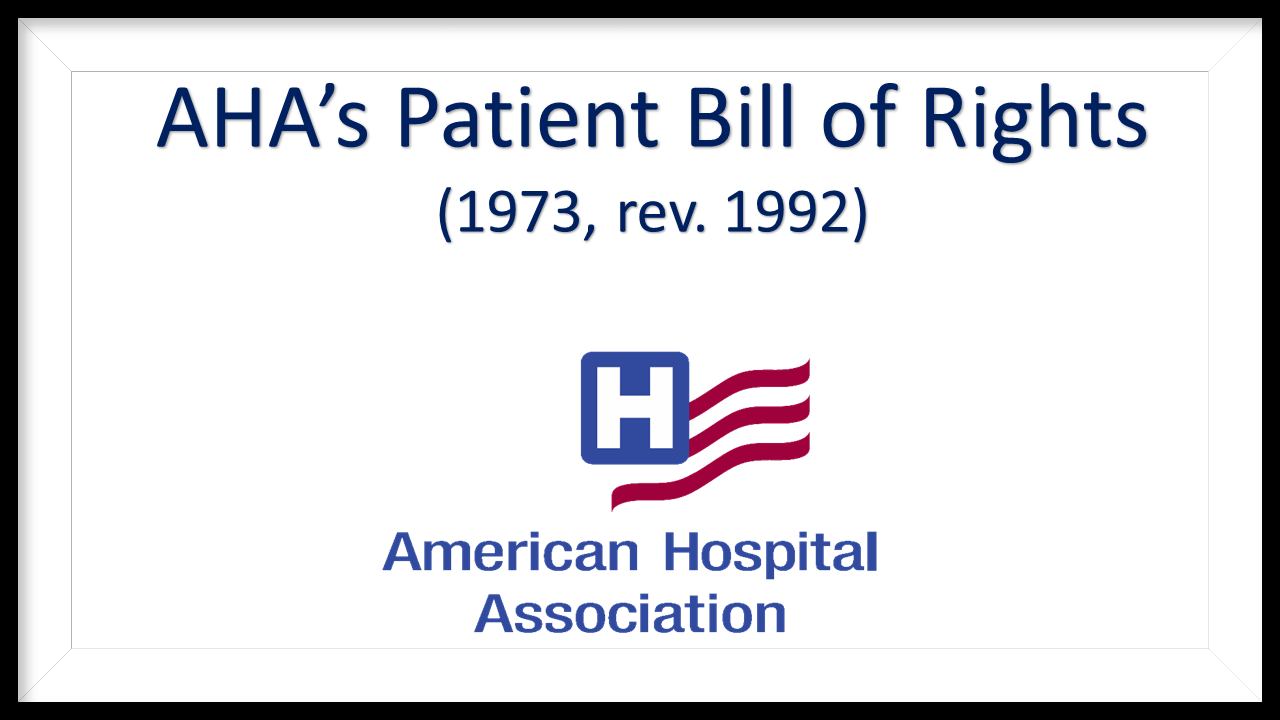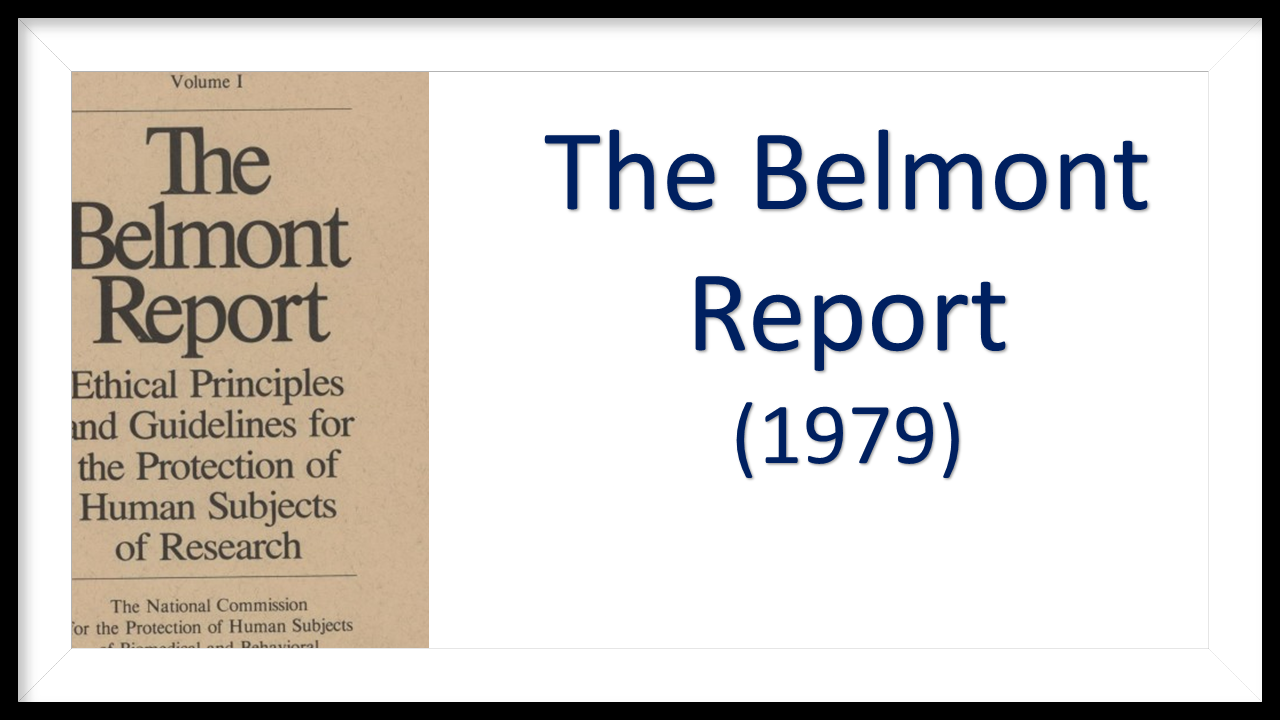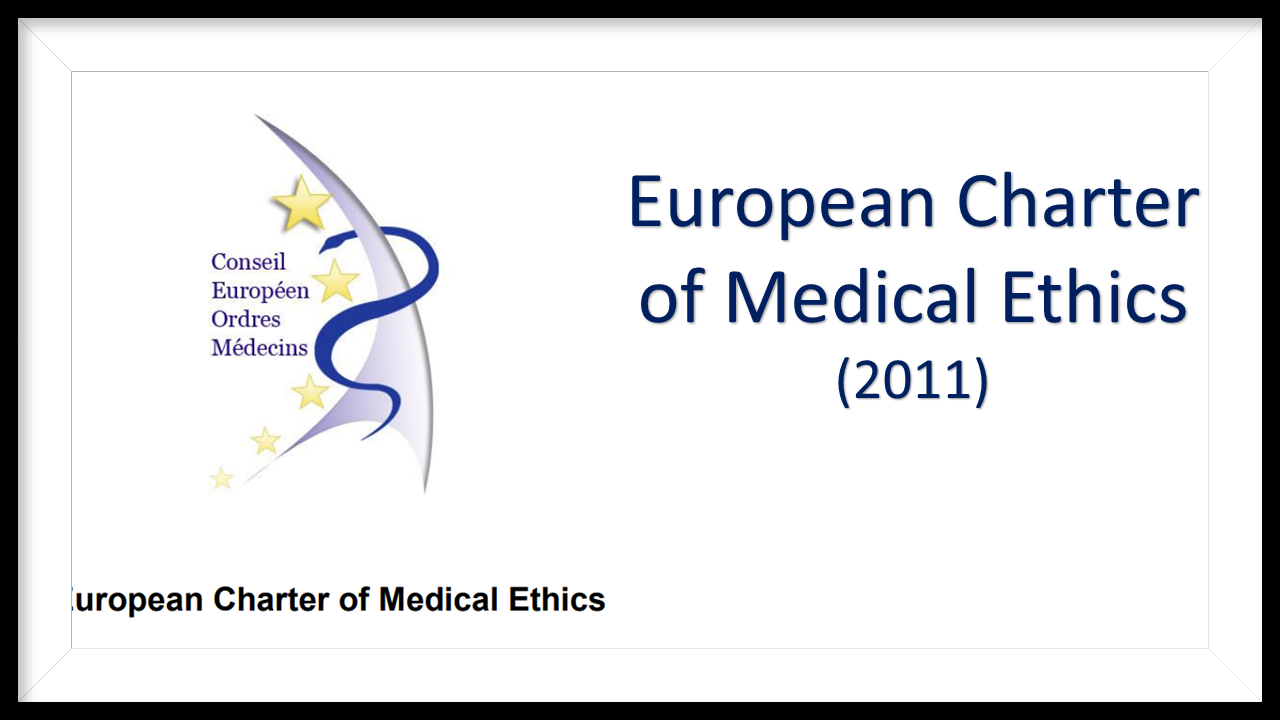
Follow VAERS Explorer on Social Media
Medical ethics is a set of principles that guide decisions in medical care and research on human subjects (clinical research).
Greek physician Hippocrates (400 BC) first defined ethical principles in medical practice. Hippocratic Oath was later adapted by Thomas Percival (1803) and Luis Lasagna (1964). Lasagna's version of the Oath is most cited in medical schools today.
The American Medical Association (AMA) adopted its first Code of Medical Ethics in 1847. The current version (2001) elaborates on patient-physician relationships, consent, communication and decision making, and privacy and confidentiality of medical records. Additional chapters cover special situations, such as genetics and reproductive medicine, end of life, organ procurement and transplantation, medical research and innovation, and community health. The Code also provides guidance on professional self-regulation, interprofessional relationships, financing, and healthcare delivery.
The American Hospital Association (AHA) first adopted the Patient's Bill of Rights in 1973 to support patients' rights during care delivery. AHA encourages institutions to adapt and simplify this Code to best serve their specific patient populations. In 2003, the AHA replaced the Patients' Bill of Rights with a plain language brochure that informs patients about their rights and responsibilities during a hospital stay. The patients can expect high-quality hospital care, a clean and safe environment, involvement in their care, privacy protections, and help when leaving the hospital and with their billing claims.
The Declaration of Geneva (The Physician's Pledge) was adopted by the 2nd General Assembly of the World Medical Association (WMA), Geneva, Switzerland, in September 1948 and revised multiple times. The Declaration of Geneva is the modern version of the Hippocratic Oath. The Declaration of Geneva and the WMA International Code of Medical Ethics (1949) elaborate on the duties of physicians to their patients and their colleagues. These documents are the foundation for the current European Charter of Medical Ethics (2011).
Guidelines applicable to medical research first emerged in the German state of Prussia (The Prussian Directive of 1900) and the Weimar Republic (Reich's guidelines of 1931). The directives did not prevent atrocities conducted by the Nazi regime during World War II. After the defeat of Nazi Germany, the American Military Tribunal in Nuremberg examined the medical experiments conducted under the Nazi regime. In August 1947, the American Military Tribunal delivered the verdict in the U.S.A vs. Karl Brandt et al. (also known as the Medical Case or the Doctor's Trial). The indictments included conspiracy to commit war crimes and crimes against humanity, war crimes, crimes against humanity, and membership in a criminal organization (the SS). The specific crimes cited included experiments conducted for the German military on inmates of concentration camps, captive populations, and own undesirables. Twenty-three Nazi doctors and administrators were accused of war crimes and crimes against humanity. Seven, including Karl Brandt, were sentenced to death and executed. Nine were sentenced to terms in prison, and seven were acquitted. In April 1947, before announcing the judgment, the tribunal addressed the question of permissible medical experimentation on human beings. The section Permissible Medical Experiments then became known as the Nuremberg Code. The Code became a landmark in medical ethics that is widely cited in historical and medical books. Yet, its legal force remains ambiguous as it was never incorporated into U.S., German, or any other national law codes. The Nuremberg Code (1947) triggered the development of other codes of ethics in medicine and medical research: The Declaration of Geneva (1948), The WMA International Code of Medical Ethics (1949), and the Declaration of Helsinki (1964).
The Declaration of Helsinki - Ethical principles for medical research involving human subjects was first adopted by the 18th WMA General Assembly, Helsinki, Finland, in June 1964 and last updated in 2013. The document elaborates on the risks and benefits of medical research on human subjects, protection of vulnerable groups and individuals, patient privacy and confidentiality and informed consent, and the use of a placebo. The Declaration of Helsinki provides guidance on scientific requirements and research protocols, research ethics committees, the use of placebo, post-trial provisions, research registration, and publication and dissemination of results. The Declaration of Helsinki is part of all major national legal codes worldwide, including in the U.S. and Europe.
In 1972, the U.S. lived through its medical research scandal, the Tuskegee syphilis study (1932 – 1972). The investigation that followed resulted in issuing The Belmont Report: Ethical Principles and Guidelines for the Protection of Human Subjects of Research. The fundamental principles in medical research ethics include patient autonomy, beneficence, nonmaleficence, and justice. To honor a patient's autonomy means to respect his or her right to make their own choices regarding their health. Beneficence stands for advancing the patient's good in terms of health and well-being, and nonmaleficence means that first of all, the physician or researcher shall not harm the patient. Justice stands for equal treatment of similar cases and protection from exploitation. The report led to a significant revision of U.S. regulations on research on human subjects. The Belmont Report is codified in Title 45 Code of Federal Regulations Part 46.
Last updated: September 10, 2022
Milestones in Medical Ethics
Follow VAERS Explorer on Social Media


